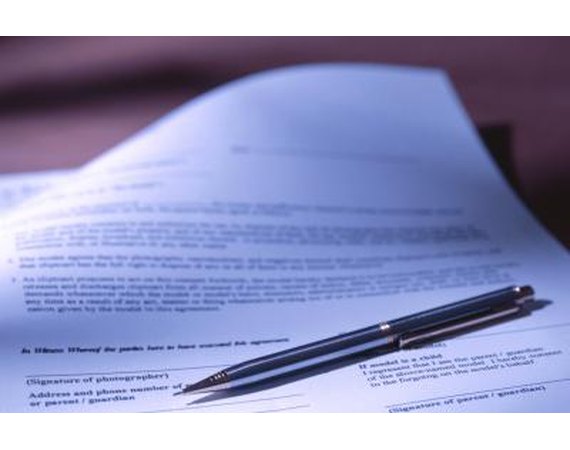Leasing a vehicle is an alternative to buying. While a lease offers lower monthly payments, there is no equity built into the vehicle, although the lessee may purchase the vehicle at the end of the term. A lease can be an attractive option for the individual who prefers to change vehicles frequently and is not concerned about ownership.
Types
There are two types of car leases: open-end and closed-end. In an open-end lease, the value of the vehicle is determined at the end of the lease period and is compared against the residual value that was set at the start of the lease period. The lessee is responsible for paying any difference. In a closed-end lease, the lessee returns the vehicle at the end of the lease period, but must pay any applicable charges for excess mileage driven and wear and tear.
Residual Value
The amount of a car lease is based in large part on the vehicle's residual value. This is the estimated value of the vehicle at the end of the lease period, which is determined at the beginning of the lease. For example, when leasing a vehicle worth $20,000 with a 50 percent residual value, the amount of the lease payments will be based on $10,000. The higher the residual value, the lower the lease payments will be.
When to Lease
In general, leasing is better when you want to keep the vehicle for a relatively short period of time, such as two to three years, and as long as the amount of driving is such that the mileage limits will not be exceeded. It can also be advantageous when you want a specific vehicle but the monthly payments of a full purchase are not affordable.
Advantages
One advantage of a car lease is that it normally requires lower monthly payments than when purchasing a vehicle. In effect, the lessee is only paying for the value of the car that is actually used over the term of the lease. A lower down payment is also an attractive feature, although as when purchasing a vehicle, the higher the down payment made, the lower the monthly lease payments will be.
Disadvantages
Costs associated with a lease can be higher than when purchasing the vehicle. For example, many leases come with a predetermined mileage limit, such as 12,000 miles per year. If at the end of the lease term the mileage limit has been exceeded, the lessee is required to pay a per-mile charge. There can also be charges for having to terminating the lease early, and the cost of insuring the vehicle is typically higher.



















